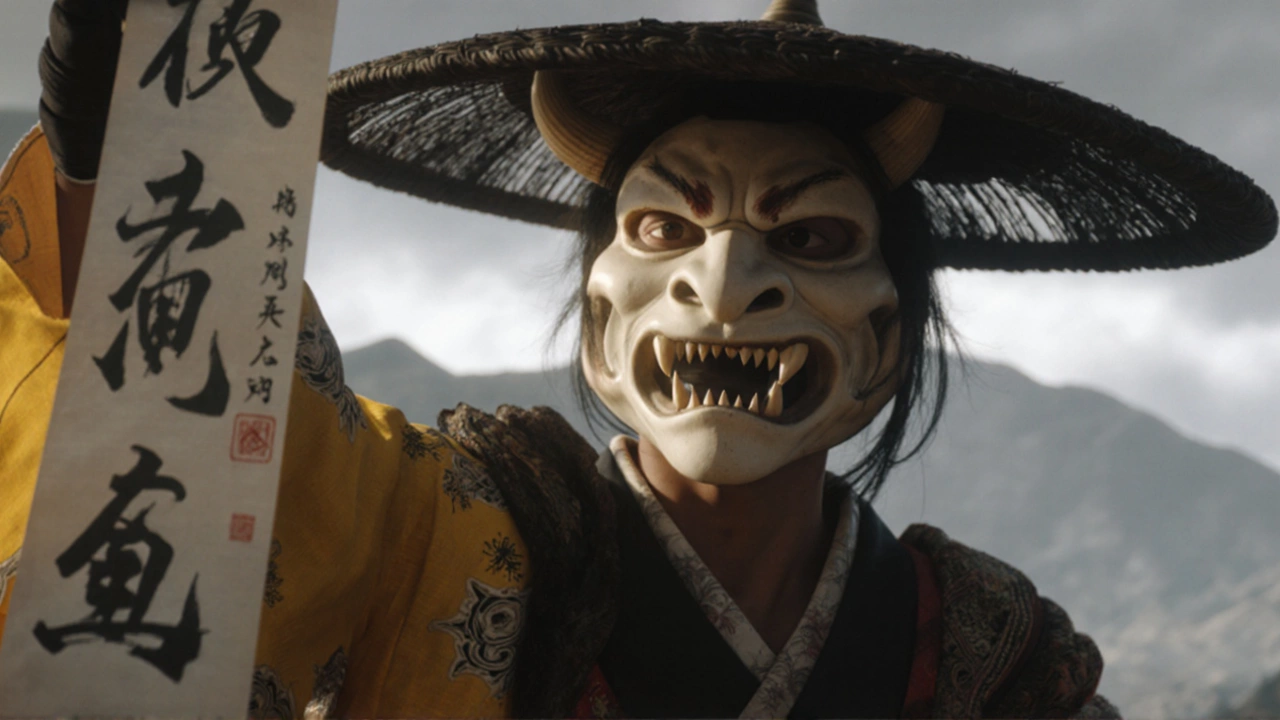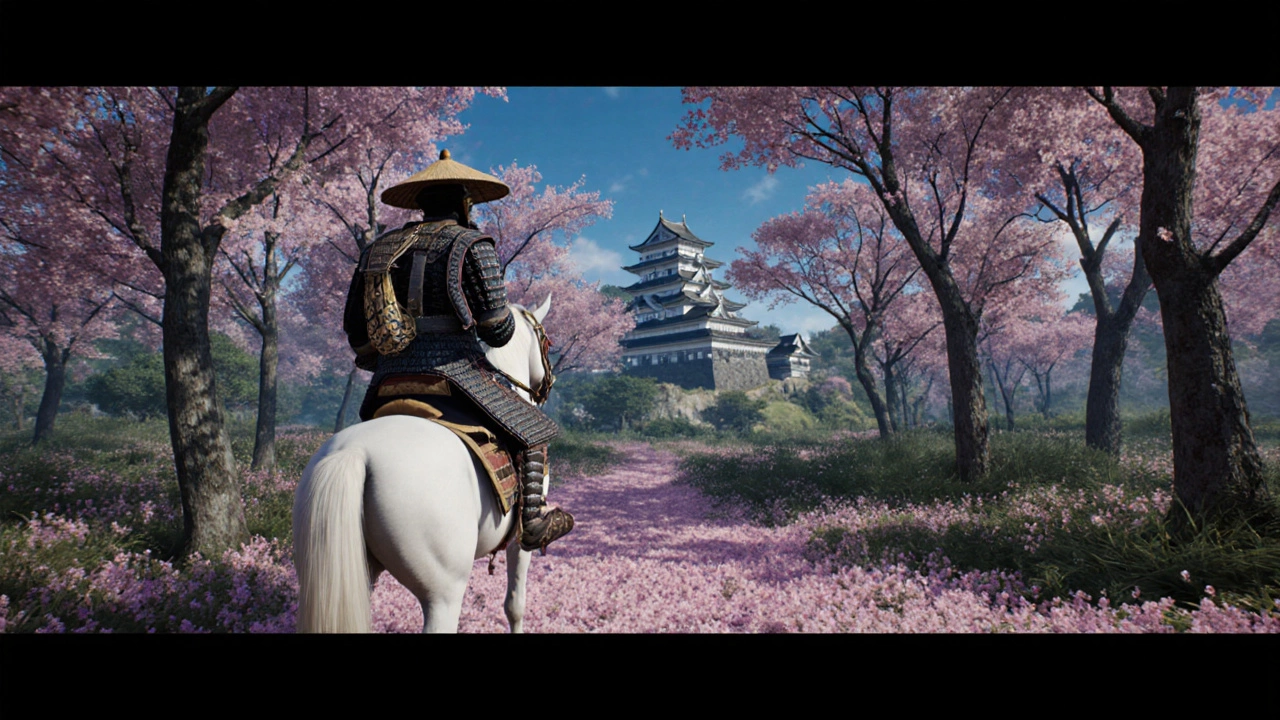A Fresh Landscape and a Gritty Hero
When Sucker Punch announced that their next big project would leave feudal Japan for the snow‑capped islands of Ezo, gamers braced for a big change. The shift isn’t just geographic; it rewrites the mood of the whole series. Where Ghost of Tsushima dazzled with sun‑splashed coastlines and cherry blossoms, Ghost of Yōtei embraces a muted palette of grays, blues and dripping rain. The result feels like stepping into a living ukiyo‑e print where every brushstroke is a gust of wind.
The new lead, Atsu, is voiced by Erika Ishii and instantly feels different from Jin Sakai. Atsu doesn’t hide behind honor; she wears it like a scar. She’s quick‑tempered, often reckless, and seems to relish a good fight. This raw personality translates into a story that leans more into personal vengeance than the quiet duty that defined Tsushima’s narrative. The writing lets her evolve from brash wanderer to a more layered figure as she clashes with the Yotei Six.
Each gang member reflects a facet of Ezo’s harsh reality. The Oni commands a ragged army from a crumbling hilltop, leaving burned villages in his wake. The Kitsune, a master of shadows, runs a shinobi clan that forces players to solve environmental puzzles before a showdown. Their foot soldiers emerge from under the snow, turning a simple patrol into a tense, surprise‑filled encounter. The variety keeps the hunt feeling fresh rather than repetitive.

Gameplay, Storytelling, and Technical Polish
Mechanically, Ghost of Yōtei stays close to the formula that made Tsushima a smash. Swordplay remains fluid, with parries, ripostes and a satisfying weight to each strike. New move‑sets for Atsu introduce a few extra combos, but the changes feel like a natural evolution instead of a forced overhaul. Players still have the option to blend stealth with direct combat, and the AI respects that choice, reacting realistically to sound and sight.
Technically, the game showcases what a first‑party PS5 title can do. Running on a base‑model console, the performance mode holds a steady 60 frames per second, even during massive horse charges across open plains. Cutscenes stay locked at 30fps, preserving cinematic quality without sacrificing gameplay fluidity. Loading times are virtually nonexistent: the world streams seamlessly, letting you glide from a dense forest to a snowy summit without staring at a spinning wheel.
The visual design deserves a separate paragraph. When you mount your horse, black cinematic bars frame the view, emphasizing the sweeping vistas and the way wind whips the snow. Light behaves realistically, with the sun breaking through storm clouds in bursts that highlight the icy terrain. The attention to detail extends to small things like footprints in fresh snow, which disappear over time, adding a subtle layer of realism.
Exploration has been re‑thought, too. Ezo’s map is broken into distinct zones that radiate from a generous hub area. Each zone feels purposeful, guiding you toward the next Yotei Six member while rewarding off‑the‑beaten‑path curiosity. Flower fields that dot the landscape contrast sharply with barren, wind‑swept cliffs, giving the world visual variation that keeps wandering interesting.
Story pacing feels tighter than its predecessor. Side quests have been upgraded from filler errands to meaningful detours that flesh out supporting characters and reveal more about the Yotei Six’s motives. One quest, for example, asks you to track a missing blacksmith who vanished after a confrontation with the Oni’s men, leading to a hidden workshop that offers unique weapon upgrades.
Quality‑of‑life tweaks also smooth the experience. A revamped inventory system lets you sort items on the fly, while a revamped fast‑travel network reduces backtracking. The game respects the player’s time without diluting the core loop that made the first game addictive.
- Stable 60fps performance mode on base PS5.
- Near‑zero load times for a seamless open‑world feel.
- Enhanced side quests that add narrative depth.
- Improved inventory and fast‑travel systems.
- Dynamic weather that influences combat and exploration.
All these elements combine to make Ghost of Yōtei feel both familiar and fresh. It honors the legacy of Ghost of Tsushima while stepping out of its shadow, delivering a winter‑kissed adventure that stands on its own merit. The game proves that a well‑crafted sequel doesn’t need to reinvent the wheel; it just needs to polish it until it shines brighter than before.
